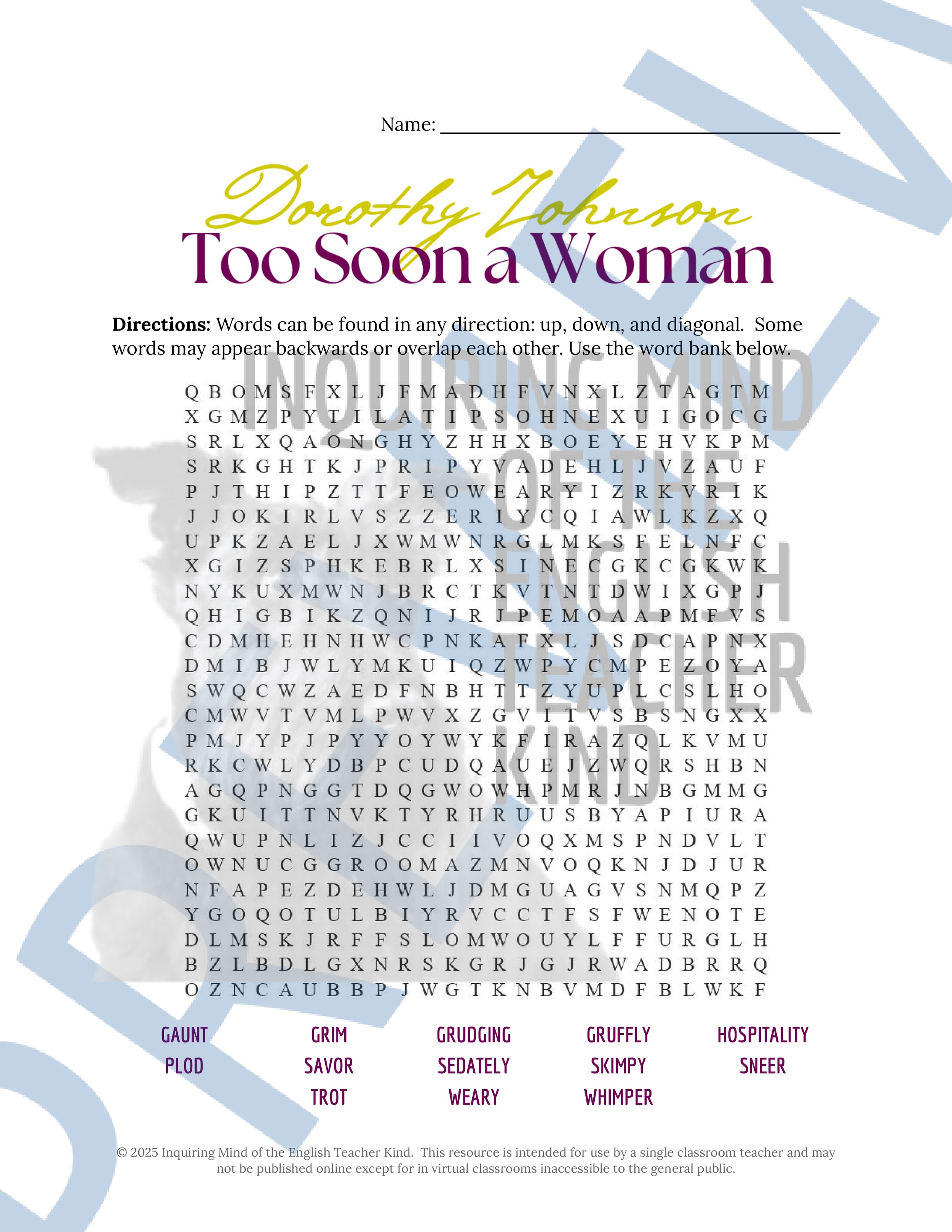 Image 1 of 46
Image 1 of 46

 Image 2 of 46
Image 2 of 46

 Image 3 of 46
Image 3 of 46

 Image 4 of 46
Image 4 of 46

 Image 5 of 46
Image 5 of 46

 Image 6 of 46
Image 6 of 46

 Image 7 of 46
Image 7 of 46

 Image 8 of 46
Image 8 of 46

 Image 9 of 46
Image 9 of 46

 Image 10 of 46
Image 10 of 46

 Image 11 of 46
Image 11 of 46

 Image 12 of 46
Image 12 of 46

 Image 13 of 46
Image 13 of 46

 Image 14 of 46
Image 14 of 46

 Image 15 of 46
Image 15 of 46

 Image 16 of 46
Image 16 of 46

 Image 17 of 46
Image 17 of 46

 Image 18 of 46
Image 18 of 46

 Image 19 of 46
Image 19 of 46

 Image 20 of 46
Image 20 of 46

 Image 21 of 46
Image 21 of 46

 Image 22 of 46
Image 22 of 46

 Image 23 of 46
Image 23 of 46

 Image 24 of 46
Image 24 of 46

 Image 25 of 46
Image 25 of 46

 Image 26 of 46
Image 26 of 46

 Image 27 of 46
Image 27 of 46

 Image 28 of 46
Image 28 of 46

 Image 29 of 46
Image 29 of 46

 Image 30 of 46
Image 30 of 46

 Image 31 of 46
Image 31 of 46

 Image 32 of 46
Image 32 of 46

 Image 33 of 46
Image 33 of 46

 Image 34 of 46
Image 34 of 46

 Image 35 of 46
Image 35 of 46

 Image 36 of 46
Image 36 of 46

 Image 37 of 46
Image 37 of 46

 Image 38 of 46
Image 38 of 46

 Image 39 of 46
Image 39 of 46

 Image 40 of 46
Image 40 of 46

 Image 41 of 46
Image 41 of 46

 Image 42 of 46
Image 42 of 46

 Image 43 of 46
Image 43 of 46

 Image 44 of 46
Image 44 of 46

 Image 45 of 46
Image 45 of 46

 Image 46 of 46
Image 46 of 46















































Short Stories by Anton Chekhov - Quiz, Close Reading, and Vocab Games Bundle
Use this bundle of plot-based quizzes, close reading analysis worksheets, vocabulary application activities, public domain narratives, and answer keys to help high school students engage meaningfully with several short stories by Anton Chekhov: "The Bet," "The Lady with the Dog," "The Kiss," and "At Christmas Time." Materials are delivered in editable Word Document and printable PDF formats. (Alternatively, a Google Drive bundle option is available.) By engaging with these materials, students will do the following:
Identify what the texts state explicitly and implicitly
Determine the meaning of unfamiliar and complex words
Consult reference materials in order to learn and verify word meanings
Discern the most proper application of words as they are used in sentences
Infer the intended effects of the author's word choices and narrative techniques
Describe tone in context
Explore how complex characters think, behave, interact, and develop
Discern the functions of given characters and passages
Apply knowledge of literary devices including alliteration, dynamic character, epiphany, foreshadowing, imagery, invective, onomatopoeia, personification, situational irony, and more
Support claims and inferences with sound reasoning and relevant evidence
Write about fiction with clarity, accuracy, and precision
Come to class better prepared to discuss literature
And more
This resource may facilitate small-group discussions in which students decode language and pose/respond to questions relating to plot, broad topics, and character development. Using this resource for structured guidance, students will improve their ability to present information, conclusions, and supporting textual evidence clearly and convincingly.
More materials are available for teaching short stories:
Use this bundle of plot-based quizzes, close reading analysis worksheets, vocabulary application activities, public domain narratives, and answer keys to help high school students engage meaningfully with several short stories by Anton Chekhov: "The Bet," "The Lady with the Dog," "The Kiss," and "At Christmas Time." Materials are delivered in editable Word Document and printable PDF formats. (Alternatively, a Google Drive bundle option is available.) By engaging with these materials, students will do the following:
Identify what the texts state explicitly and implicitly
Determine the meaning of unfamiliar and complex words
Consult reference materials in order to learn and verify word meanings
Discern the most proper application of words as they are used in sentences
Infer the intended effects of the author's word choices and narrative techniques
Describe tone in context
Explore how complex characters think, behave, interact, and develop
Discern the functions of given characters and passages
Apply knowledge of literary devices including alliteration, dynamic character, epiphany, foreshadowing, imagery, invective, onomatopoeia, personification, situational irony, and more
Support claims and inferences with sound reasoning and relevant evidence
Write about fiction with clarity, accuracy, and precision
Come to class better prepared to discuss literature
And more
This resource may facilitate small-group discussions in which students decode language and pose/respond to questions relating to plot, broad topics, and character development. Using this resource for structured guidance, students will improve their ability to present information, conclusions, and supporting textual evidence clearly and convincingly.
More materials are available for teaching short stories:
Preview this resource:
Use this bundle of plot-based quizzes, close reading analysis worksheets, vocabulary application activities, public domain narratives, and answer keys to help high school students engage meaningfully with several short stories by Anton Chekhov: "The Bet," "The Lady with the Dog," "The Kiss," and "At Christmas Time."







































































































































